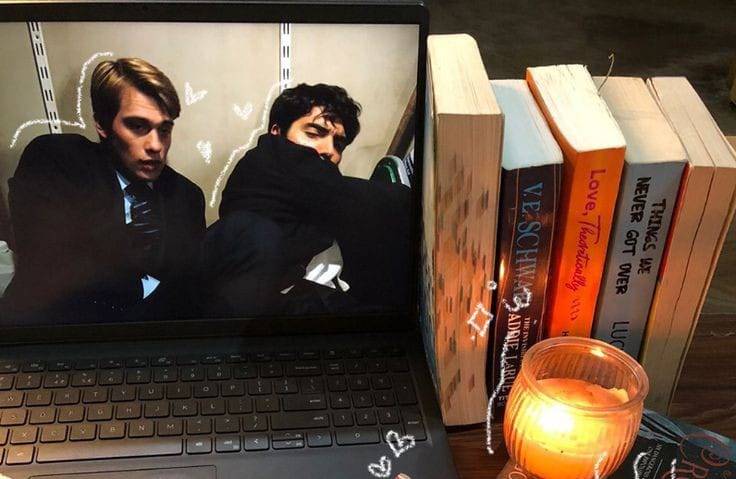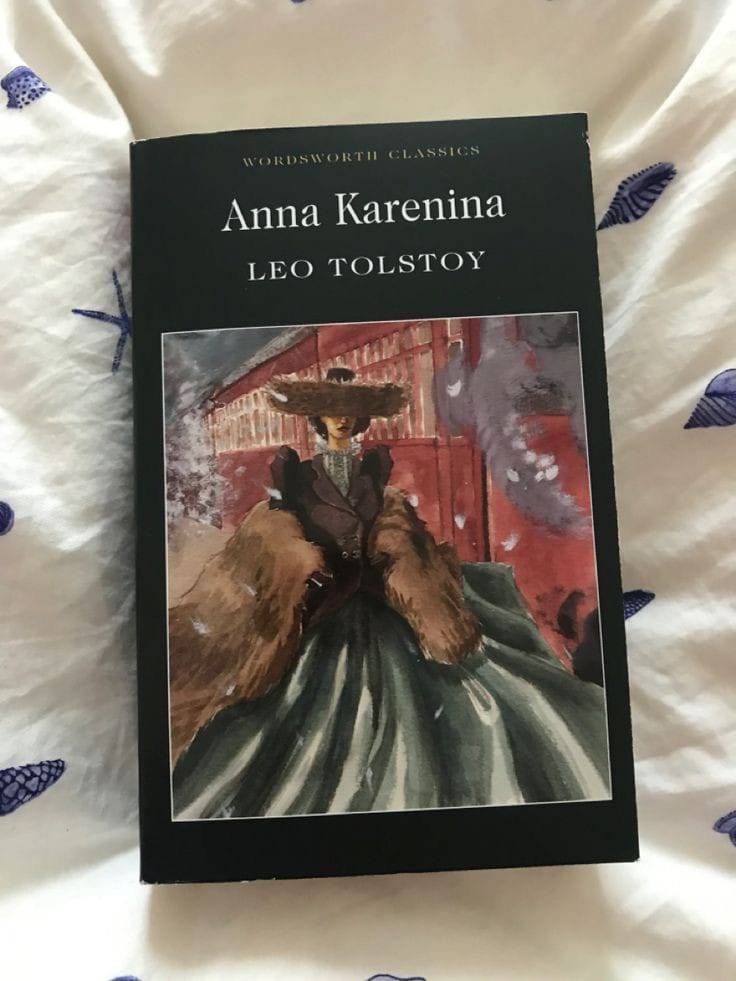Love and sex have been the bread and butter of literature since the days when ancient storytellers first realized they could spice up their tales by adding a little romance. These two elemental forces drive plots, fuel character motivations, and sometimes cause heroes to lose their minds (and pants) in spectacularly dramatic fashion. But beneath the swoon-worthy declarations and steamy encounters lies a more complex dance—one that reveals and, in many cases, shapes our understanding of gender dynamics.
In the Middle Ages, when love was as much about duty as it was about passion. Enter the world of courtly love, where knights would pledge their swords, souls, and poetic talents to a noble lady who, more often than not, was married to someone else. Yes, medieval literature brought us the first love triangle, but with a twist: the knight knew he was doomed to pine away for eternity because his love was supposed to be unrequited.
Here, the portrayal of love reinforced rigid gender roles. The lady was put to an almost divine status—pure, unattainable, and utterly in control of the poor knight’s emotions. This placed women on a pedestal, where they were admired but also trapped in an idealized, passive role. They were expected to be righteous and distant, more a concept than a person, while men were tasked with proving their worth through strength and poetry.
The knight, meanwhile, was the only active participant in this romantic drama, a dynamic that is relevant even today in the “men must pursue, women must be pursued” narrative. This setup laid the groundwork for the “damsel in distress” trope that would become a staple in fiction, where women are often shown as prizes to be won, rather than individuals with their own desires and agency
Fast forward to the Romantic era, where love started to get chaotic—really messy. Here we see a shift from the passive, pedestal-bound lady to the emotionally typhoon, occasionally deranged heroine who might just ruin your life in the name of love. Think of characters like Cathy from Wuthering Heights or Anna Karenina, whose passionate affairs lead them down a path of self-destruction.
In these stories, love and sex are no longer just about admiration or devotion; they’re about power, control, and sometimes pure insanity. The portrayal of women as hysterical, love-crazed beings played into gender stereotypes that suggested women were overly emotional and irrational when it came to matters of the heart. Men, on the other hand, were depicted as brooding, Byronic heroes—aloof, mysterious, and irresistibly dangerous. This not only reinforced traditional gender roles but also complicated them. The idea that women’s passion could lead to their downfall became a common theme, suggesting that stepping outside set rules—especially in matters of love and sex—would surely result in catastrophe. It’s as if literature said, “Ladies, be careful what you wish for. You just might get it… and then get run over by a moving bus.”
Jumping into the newer gen romances, we see a more diverse portrayal of love and sex, with literature reflecting the changing societal norms around gender. No longer bound by the boxed expectations of the past, contemporary characters often steer love and sex in ways that challenge traditional gender roles.
Take, for instance, the rise of the strong, independent female protagonist who is unapologetically sexual—think of Sex and the City’s Carrie Bradshaw or Fifty Shades of Grey’s Anastasia Steele. These characters flip the script on the damsel in distress, taking control of their sexual and romantic lives in ways that would have made medieval knights faint dead away in their armor. However, even in these more progressive depictions, gender dynamics are still at play. While female characters are now allowed to be sexually liberated, they are often still judged by a different standard than their male counterparts. A man who has multiple partners is often portrayed as a stud, while a woman in the same situation might be labeled something less flattering. It’s like the double standard is the last guest to leave the party—it just won’t go home.
BUT, male characters are also evolving, moving away from the emotionally repressed, hyper-masculine archetype toward more nuanced portrayals!
Sex in literature is where things really start to get interesting. From the flowery substitute of Victorian novels to the smutty encounters in contemporary erotica, sex scenes have always been a mirror for society’s views on gender.
In many older works, sex is often depicted as something mysterious and dangerous, particularly for women. The act of losing one’s virginity was crowded with risk, often signaling a loss of purity, respectability, or even one’s life. This placed a heavy burden on female characters, who were often reduced to their sexual status—either as scandalous maidens or fallen women.
Even as literature becomes more inclusive, the portrayal of sex often highlights the lingering inequalities between men and women. Notice how often the “seductress” trope is used to depict women who are confident in their sexuality as manipulative. Meanwhile, male characters with similar traits might be portrayed as charming rogues.
In queer love stories too, we’re gleefully tossing the old rulebook out the window, especially when that alpha-looking guy—the one who looks like he could bench-press a truck—ends up getting down on his knees for the soft, sensitive man who’s more into poetry than push-ups. It’s like watching a Great Dane gently nuzzle a kitten, and it’s glorious. This twist on expectations hilariously breaks the stereotype that the tough guy always has to be in charge. Take Red, White & Royal Blue’s Prince Henry, who might look like he just stepped out of a royal gym catalog, but when it comes to love, he’s the one melting into a puddle of feels while Alex, the supposed wild card, ends up being the emotional rock. It’s a perfect reminder that in queer romances, love is less about who’s got the bigger muscles and more about who’s willing to be the bigger softie.
But let’s not get too serious—after all, the absurdities of sex in fiction are one of its greatest pleasures. From the anatomically impossible descriptions in romance novels to the cringe-worthy metaphors (who can forget the infamous “purple-helmeted warrior of love”?), sex in literature often serves as a reminder that, despite all our progress, we’re still hilariously awkward when it comes to talking about it.
Today’s narratives are bolder, more inclusive, and unapologetically embrace the complexities of human experience, especially when it comes to gender dynamics. Women in literature now demand sex, enjoy it, and wield power in ways that destroys old stereotypes while still embodying the true essence of feminine love, care, and longing. At the same time, the rise of the virgin hero and the golden retriever-esque male protagonist is challenging the traditional concept of masculinity, making room for more tender and emotionally open characters.
While the guys are getting in touch with their softer sides, the women of modern literature are doing it all—and doing it with style. These days, female characters are more than just love interests or damsels in distress. They’re killers, they’re saviors, they’re powerhouses who don’t need a man to define their worth. But don’t worry, they’re still capable of falling head over heels in love, too. As women in fiction are embracing their sexuality, men are undergoing a bit of a transformation themselves. Enter the virgin hero—a concept that would have sent Mr. Darcy into a tailspin. Yes, we’re talking about male characters who are inexperienced in the bedroom, but who make up for it with their charm, and sometimes, an adorable level of cluelessness.
In the world of modern romance, love has finally tossed its stuffy old uniform in the trash and slipped into something way more fun—and a lot more inclusive. Whether it’s the supposed alpha who’s secretly a marshmallow, fierce heroines who save the day with both a sword, a snappy comeback and by being a sport in the bedroom, or queer love stories that laugh in the face of every outdated stereotype, today’s literature is like a romance party where everyone’s invited. The only rule? There are no rules! It’s all about heart, humor, and happily ever afters in every flavor you can imagine. So, let’s raise a glass to breaking the mold, bending the rules, and enjoying the wild, wonderful ride—because in this new age of love stories, everyone’s on the guest list, and the possibilities are as endless as the snack table.


